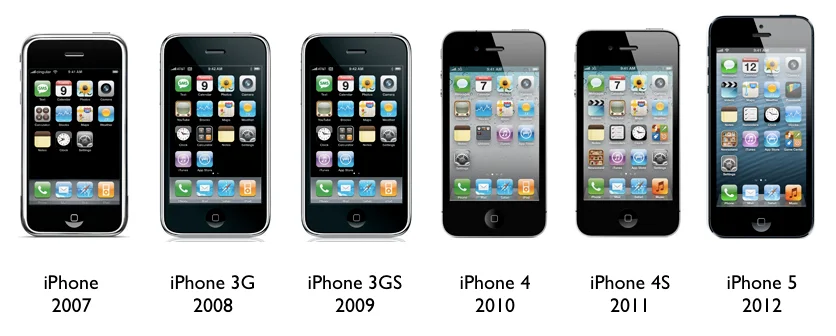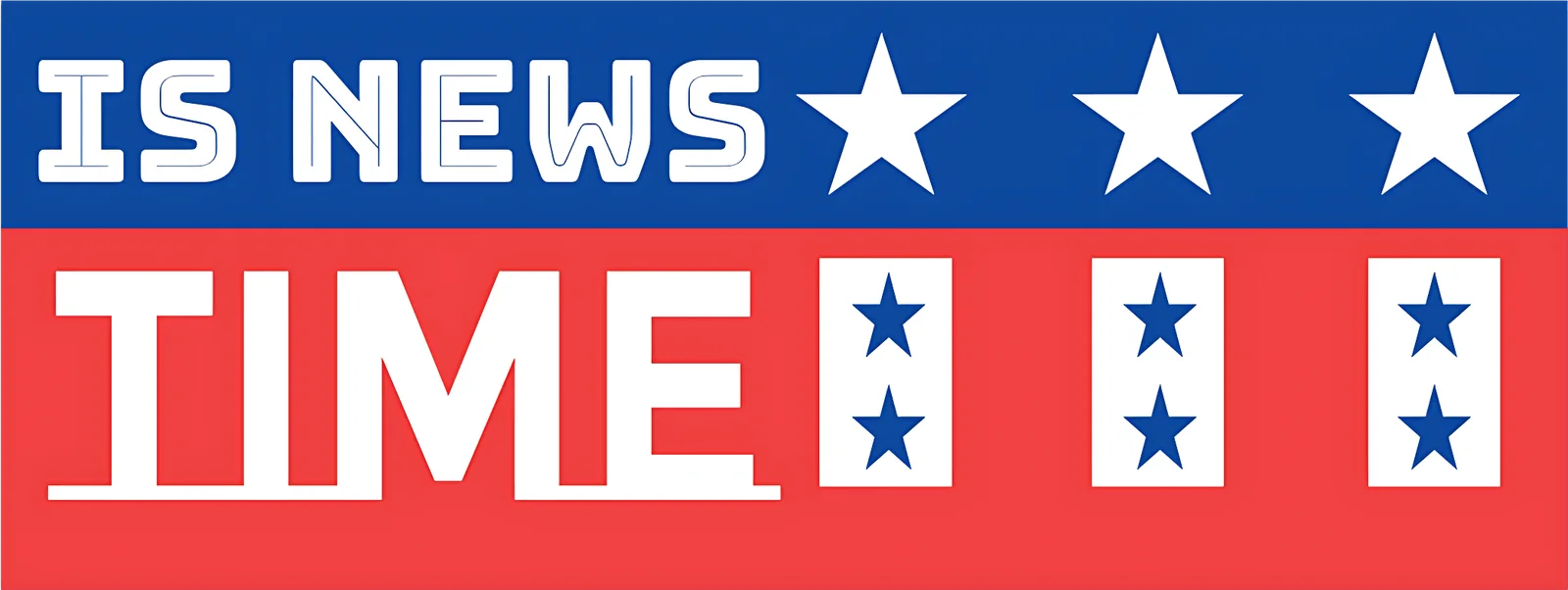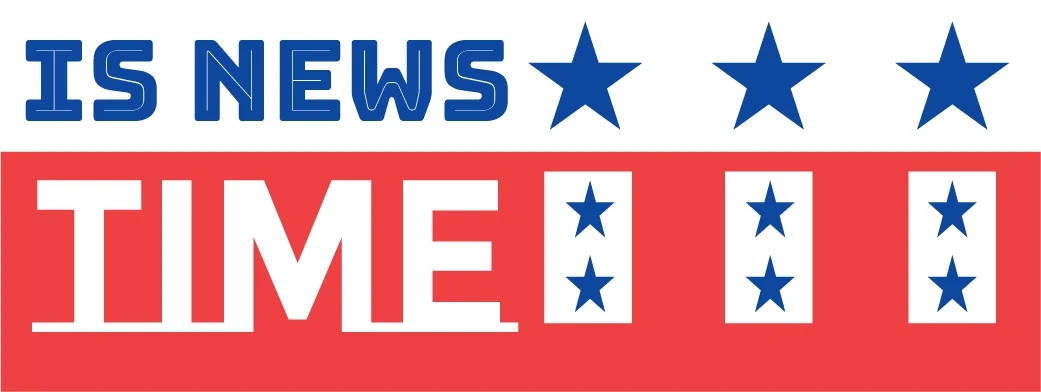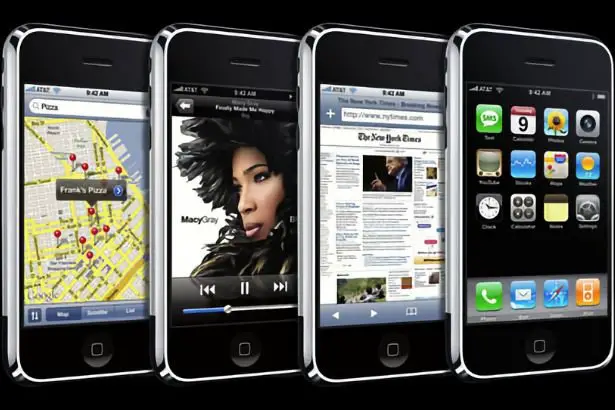Back to the Start – What Was the Original Price Tag for Apple’s Iconic First iPhone?
When Steve Jobs unveiled that now-legendary original iPhone in 2007, its premium cost made waves nearly as much as its groundbreaking capabilities.
It’s hard to imagine surviving daily life today without a smartphone by your side. But barely 15 years ago, clunky flip phones still dominated the mobile landscape. That all changed when Apple unveiled their revolutionary first iPhone in 2007 – forever transforming connectivity and culture with its touchscreen and app-driven ecosystem.
Yet for as much as the first iPhone reshaped technology, it also shook up traditional pricing models. So what exactly was the original cost to put one of those history-making handsets in your pocket back in 2007? Let’s rewind to relive the magic moment that kicked off the smartphone revolution – sticker shock and all.

The Big Reveal: Jobs Pulls the First iPhone from His Pocket
After years of speculation and anticipation about Apple’s top-secret new product, the wait finally ended on January 9th, 2007. At his keynote address for that year’s Macworld trade show, Steve Jobs took the stage to give the world its first glimpse of the device that would usher in the smartphone era.
After discussing the emergence of powerful mobile devices capable of advanced computing functions, Jobs proclaimed, “We’re going to make some history together today.” That’s when he reached into his pocket to reveal that now-legendary original iPhone to a stunned yet ecstatic live audience.
Jaws dropped as Jobs dramatically took the first iPhone out of his pocket – then pushed mobile capabilities further than anyone dreamed possible.
It was a vintage Jobs reveal mixing his trademark theatrics with genuine wonder at just what they created. While the iPhone built upon and refined existing technology like touchscreens, the total package represented a quantum leap forward. And after eagerly showcasing features like call integration, a large Multi-Touch display, camera, iPod media support, web browser, Google Maps, and the soon-to-be App Store, interest and anticipation hit fever pitch levels.
But in perhaps his boldest move yet, Jobs also divulged the iPhone’s price – shocking fans and critics alike.
Premium Price for a Premium Product
During his keynote, Jobs positioned the company’s new phone as a blanket solution for managing digital communication and entertainment. But he also took pains highlighting the tremendous effort required developing the technology inside, from the Multi-Touch interface to advanced software capabilities.
Based on the iPhone’s capabilities and development costs, Apple felt justified pricing the 4GB model at $499. For double the storage space with the 8GB version, the cost rose to $599.

List of Key Reasons Behind the First iPhone’s Steep Price:
- Massive investment in software interface design and engineering
- State-of-the-art hardware and component miniaturization
- Lengthy and expensive Multi-Touch display research
- Precision product development and prototyping
- Customizing OS X operating system into iOS platform
These prices were unprecedented for phones of the day – where even premium models rarely exceeded $300. Without subsidies, buying the iPhone meant handing Apple between $500-$600 upfront.
With an unprecedented $499+ price tag, it was immediately clear this was no ordinary mobile phone.
Yet by strategically marketing the iPhone as an ultra-advanced gadget rather than just a phone, Jobs succeeded at positioning it as a statement purchase. Apple banked on certain demographics happily paying a premium to access this exclusive pocket-sized computer others couldn’t yet – early adopters, design hounds, and affluent consumers alike.
It was a calculated gamble betting buzz over features like the large touchscreen, full web browser, iPod integration, and lack of a physical keyboard would compel buyers. And it paid off…for the most part.
Mixed Initial Reactions to the Cost of Innovation
Considering today’s smartphone saturation where prices commonly exceed $1000, investing $499 fifteen years ago for a cutting-edge pocket computer seems almost a bargain. But in 2007 with less precedent, reactions ran the gamut from stunned disbelief to eager anticipation.

Many analysts loudly questioned how large the addressable audience would be for such an expensive device. Even fans experienced sticker shock that Apple dared price a phone higher than top-shelf laptops or HDTVs of the day.
Yet after the wow-factor wore off, what became clear was that Apple wasn’t targeting the mass-market yet – but rather those hungry to embrace the future. Early-adopters saw the genius in consolidating functionality of an iPod, phone, and internet communicator into one gorgeous device. As a bonus, iPhone exclusivity also attracted many simply wanting to flaunt expensive tech others couldn’t yet access.
While not cheap, what Apple valued most was seeding innovation out to these bleeding-edge consumers. Meanwhile cost efficiencies would develop over time courtesy of engineering refinements and economies of scale. Then in the coming years, steadily decreasing prices accompanied improved technology would attract more mainstream buyers to usher in today’s smartphone proliferation.
But that calculated strategy began in 2007 by hooking Apple’s most eager and affluent fans first.
Putting Dollar Values on Game-Changing Design and Engineering
More than just profits, Apple also justified the heavy R&D lifting required realizing this Never-Been-Done-Before device. While prior touchscreen phones existed, none matched the iPhone’s fluidity and responsiveness. That revolutionary interface involved immense investments mastering sensor technology, processors, and software innovation to perfect.
Add the challenges of condensing so much functionality into such a slim slab. Designing and engineering challenged Apple to the limits requiring custom Liquidmetal alloys and glass for scratchproof displays before Corning developed Gorilla Glass.
Even the iPhone’s iconic physical design prompted extensive experimentation to find the exact button configuration and minimalist look before that final vision emerged to become so universal today.
Every detail behind the iPhone’s revolutionary user experience represented money – lots of money.
At launch, Apple already invested over $150 million into iPhone development. But more telling, creating this category-defining mobile computer burned through around 30% of their entire R&D budget the prior year.
For an idea of scale, Apple spent $712 million total on research across all product lines in 2006. So sinking $150+ million into just smartphone development the year the iPhone launched highlights how directing nearly 1/3 their entire annual innovation budget toward it telegraphs its importance to Apple – and expectation to recoup costs.
With those resources dedicated, Apple felt perfectly reasonable asking early users to help foot the bill expanding possibilities of mobile computing for all.
Instilling Aspiration and Exclusivity Begets Desire
Pricing the first iPhone so notably higher than competitors also allowed Apple’s brand mystique around delivering exceptionally crafted products to grow. Having a years-long head start as the sole provider for anything resembling this gold standard smartphone allowed Apple itself to be perceived as a luxury experience.
And by strategically limiting initial distribution to AT&T in the United States, that air of exclusivity compounded iPhone lust for many other demographics locked out at first. Whether international markets, other carriers, or budget buyers – the combination of breakthrough features and selectively constrained access kept demand white-hot going into each subsequent launch.
Granted, higher prices also risk alienating certain demographics. But Apple maintained laser targeting and patience recognizing the long play. As production costs inevitably fell, so too would prices open iPhone access and innovation to greater audiences. Until then though, hungry early adopters served strategically to familiarize usage and pave the way.
Stratospheric asking prices and carrier constraints only intensified mainstream consumer pent-up demand as Apple put long-term marketplace development plans in motion.
Given how literally billions of smartphone users today owe mobile lifestyles to Apple’s vision, this measured approach succeeded spectacularly. But it does make those initial $499+ expense seem perhaps more reasonable in hindsight given the enormous ways life everywhere changed.

And as the coveted iPhone itself evolved from extravagance indulgence to global everyday necessity, so followed Apple’s valuation. Expanding iPhone family affordability and accessibility in lockstep with improving technology boosted corporate profits to soon crown Apple the world’s first trillion-dollar company by 2018.
Yet it’s originating iPhone launch in 2007 – sticker shock and all – that laid essential foundations now taken for granted.
The Legacy of iPhone Generation One Pricing
While the first iPhone debuted with Porsche-like sticker pricing, costs to consumers progressively declined as Apple recouped heavy initial investments and technical economies of scale improved each successive model year. Within just three years, the baseline iPhone 4 cost under $200 and offered double previous storage capacity at 16GB.
Fast forward to today with mass adoption swelling iPhone sales figures to over a billion units during the platform’s lifespan so far. By now, most shoppers worldwide can thankfully configure advanced iPhone models for under $1000. And virtually all reliably deliver exponentially more power and capabilities than that 2007 trailblazer Jobs pulled from his jeans.
Of course over fifteen years, inflation exists as well. But when acknowledging the superior specifications, materials, manufacturing methods, and overall technology packed inside cutting-edge iPhones today – they still comparatively retail for less than early ad






